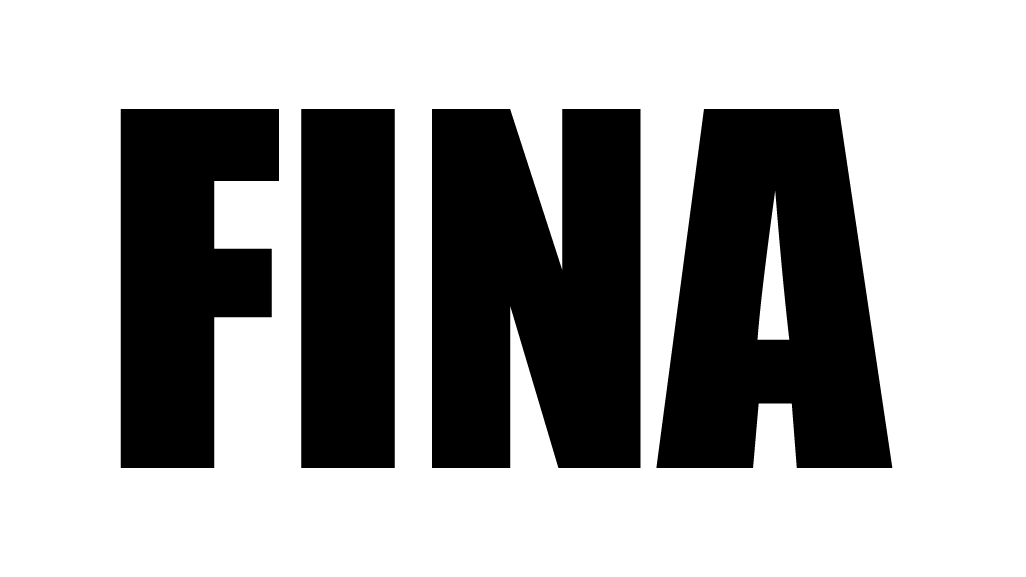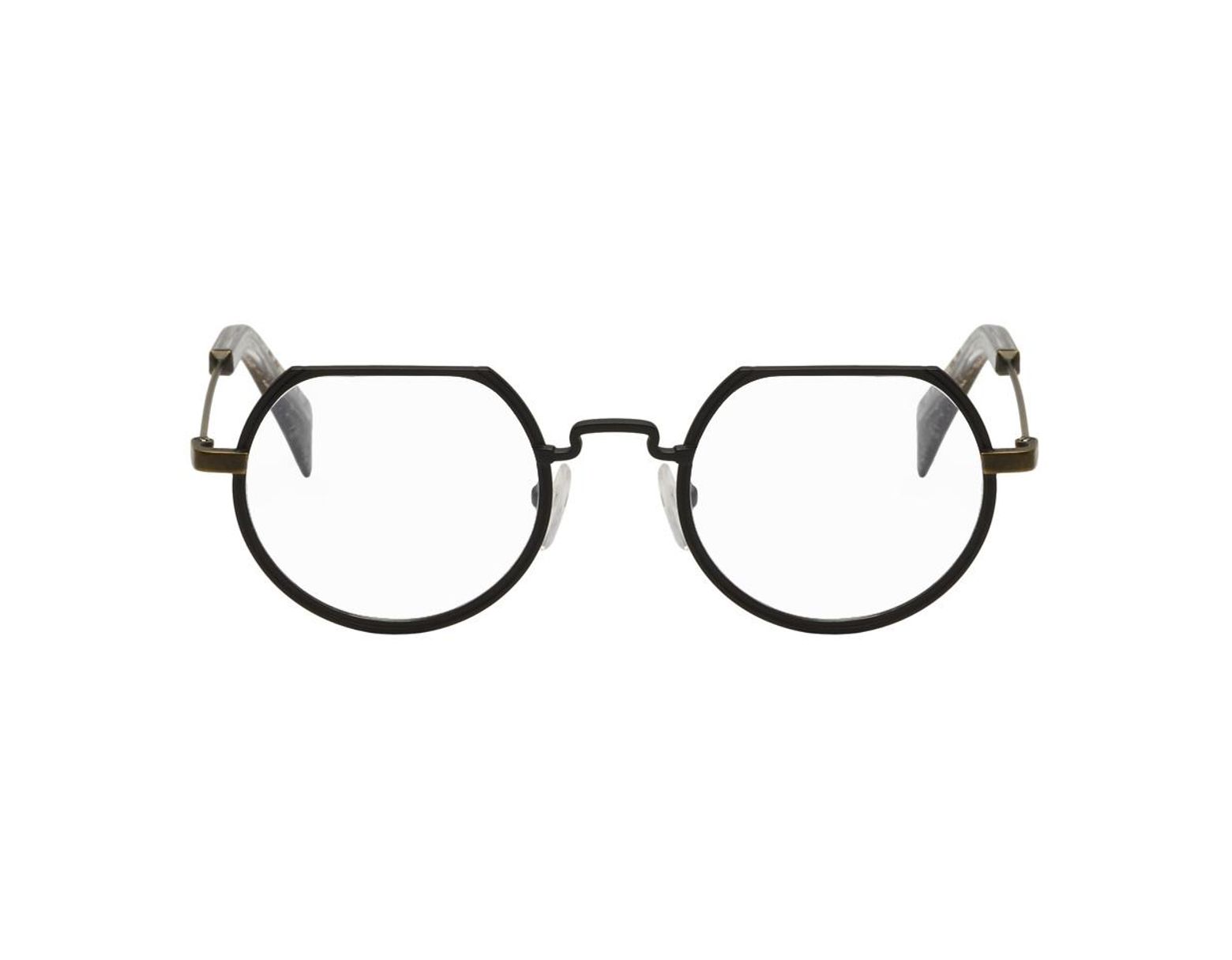I’ve been told that Fashion is a tool, a marketing gimmick. They might be right, Fashion really can be. Fashion is highly subjective — it is about ego, self-expression, and aesthetics. These are qualities that can’t necessarily be measured or preconceived or summed up into data. In other words, it’s a form of freedom. What we wear on a day to day may change because of how we feel; what we choose to buy may or may not be affordable or on trend — it is purely up to us as consumer’s.
Optical lenses are a fashion accessory that are also quite literally a tool. As a tool, optical lenses require a unique prescription that are exclusively customized for you and they are worn to serve a practical function — to see clearly. As a fashion item, they come in many forms and the way you choose what you want is purely based on what speaks to you. And a well-designed frame can speak to you in a such a way that you are willing to put them on your face so the world can see what you think. They are worn so that you can visually convey a message, to express yourself.
The optical lenses designed by Fashion Designer, Yohji Yamamoto are a prime example. His 2019 Spring/Summer line of eyewear reflects what he represents as a designer: Rebellion and Anti-Fashion — fashion that does not follow the trends. The shape of the lenses combined with the thin metal frame makes for a seemingly approachable and familiar yet highly unique and beautiful tool, in other words: they’re glasses that are aesthetically different. The frames are made of titanium and acetate but they are finished in either a cross-hatched pattern or a simple matte black.
But are optical lenses an obvious form of fashion? Can they really make a statement? It might be hard to determine, especially when that line between Fashion and Design are skewed and taken out of context. For example, companies like Warby Parker and Jins offer a wide array of sophisticated silhouette’s that are available to a mass market at a reasonable price — and customer’s like them. But companies like these influence the consumer’s behavior — they’re not necessarily highlighting fashion, they’re merely using it. They’re truly highlighting a service by offering a unique and convenient way to purchase eye wear.
That is the difference between Design, rebranded as User Experience, and Design as an art form.




